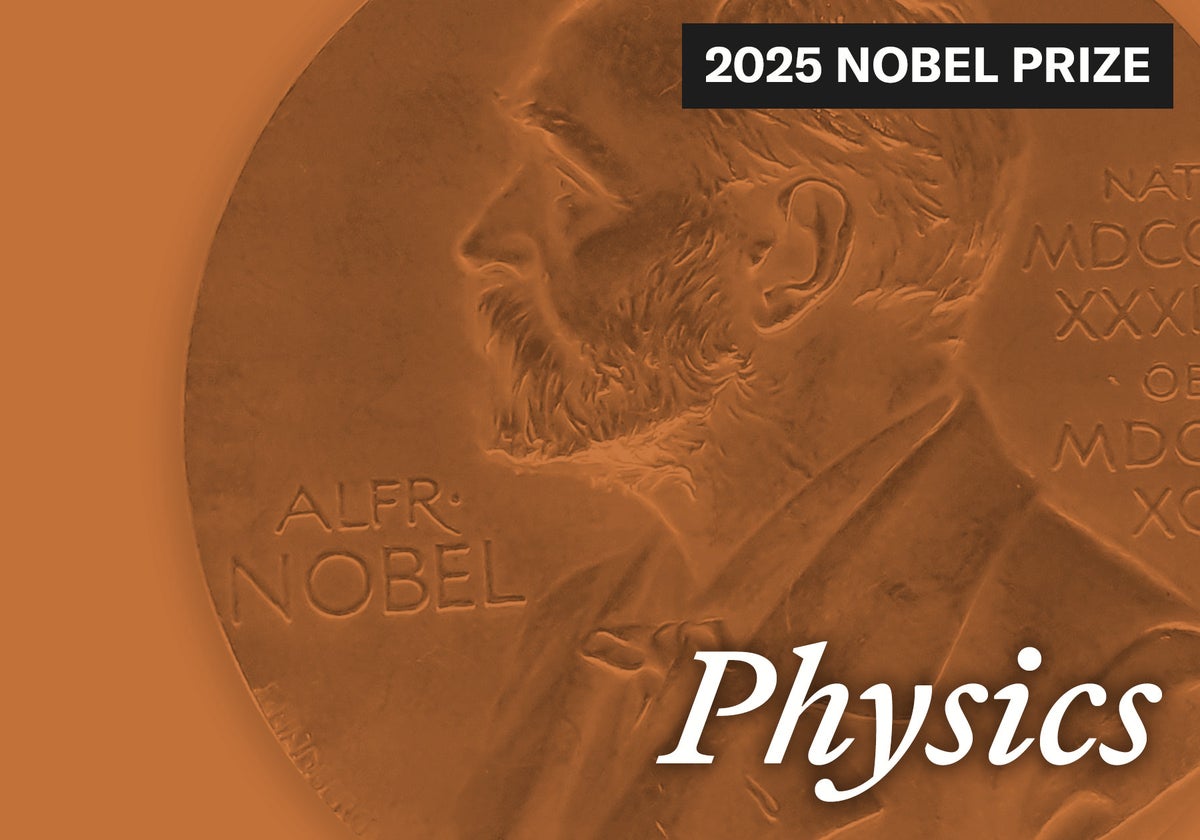
"Quantum tunneling occurs when a particle passes directly through an otherwise impassable barrier to appear on the other side. This is akin to throwing a ball at a wall and, rather than seeing it bounce back, finding it unscathed on the other side with the wall itself fully intact. The effect is the basis for transistors, yet it usually diminishes for assemblages of many particleswhich is why you never see anyone phasing through walls and floors in everyday life."
"Befitting the centenary milestone, this year's Nobel Prize in Physics was awarded to three scientistsJohn Clarke, Michel H. Devoret and John M. Martiniswho brought another bizarre microscopic quantum effect, called quantum tunneling, into the macroscopic world. On supporting science journalism If you're enjoying this article, consider supporting our award-winning journalism by subscribing. By purchasing a subscription you are helping to ensure the future of impactful stories about the discoveries and ideas shaping our world today."
Quantum mechanics describes the universe at the smallest, most fundamental scales and underpins technologies from supercomputers to smartphones. The theory includes counterintuitive phenomena: particles behaving as waves, superposition, and entanglement linking properties across distance. Quantum tunneling allows particles to pass through otherwise impassable barriers and is the operating principle behind transistors. Tunneling typically diminishes for assemblies of many particles, preventing macroscopic effects such as humans passing through walls. In 1984 and 1985 experiments at the University of California–Berkeley, John Clarke, Michel H. Devoret and John M. Martinis demonstrated quantum tunneling at scales larger than previously believed, bringing the effect into the macroscopic realm.
Read at www.scientificamerican.com
Unable to calculate read time
Collection
[
|
...
]